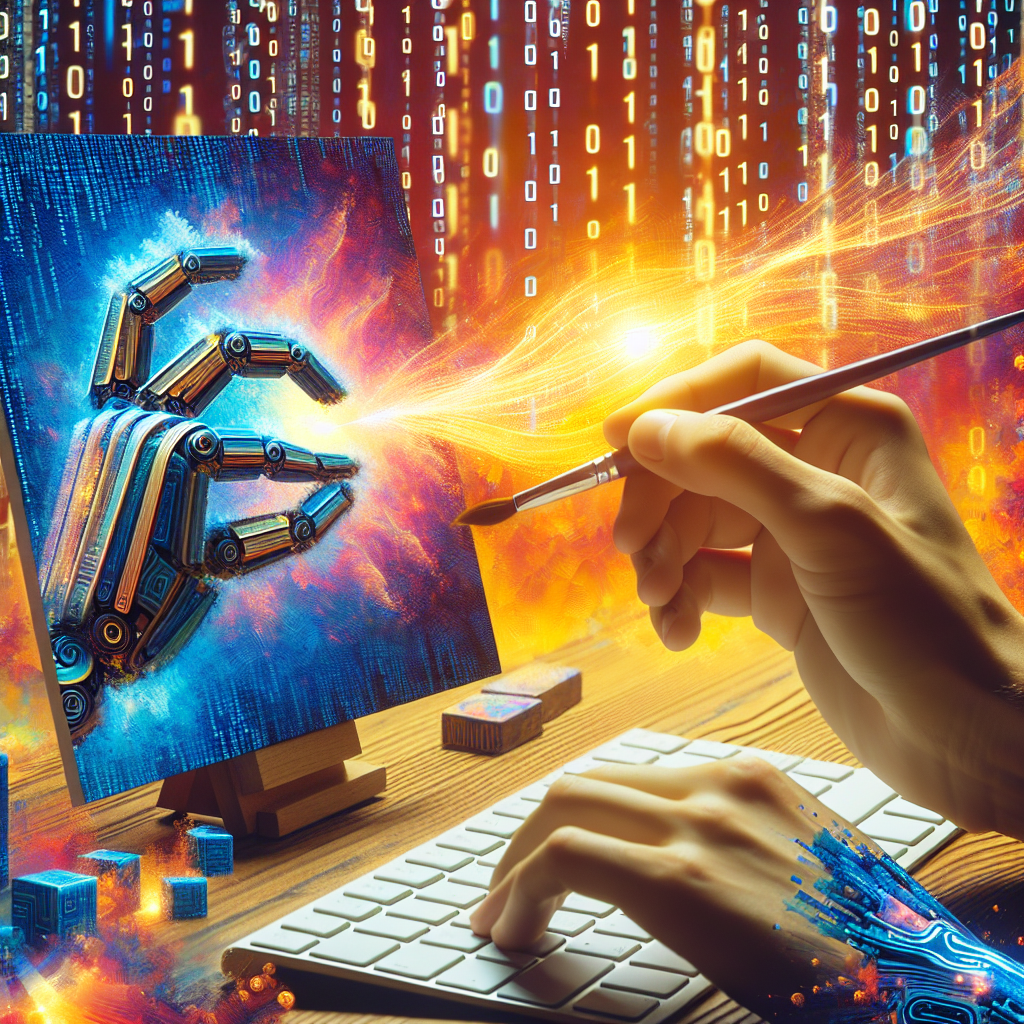In recent years, artificial intelligence (AI) has made significant advancements in various fields, including art. One particularly fascinating intersection of AI and art is generative AI, which involves using algorithms to create art. From code to canvas, generative AI opens up a world of artistic possibilities that were previously unimaginable.
Generative AI works by using complex algorithms to generate new content based on existing data. In the context of art, this means that AI can be used to create unique and original pieces of artwork. This technology has the potential to revolutionize the art world, offering artists new tools and techniques to explore and experiment with.
One of the key advantages of generative AI in art is its ability to produce art that is truly unique. By using algorithms to generate new content, artists can create pieces that are unlike anything that has been seen before. This can help artists push the boundaries of their creativity and explore new artistic styles and concepts.
Generative AI also offers artists the opportunity to collaborate with machines, creating a new dynamic in the art-making process. Artists can input their own ideas and styles into the algorithm, allowing the AI to generate new and unexpected variations. This collaboration can lead to surprising and innovative results, pushing artists to think outside the box and explore new creative possibilities.
Furthermore, generative AI can help artists overcome creative blocks and spark new ideas. By using algorithms to generate art, artists can break free from traditional artistic constraints and explore new directions. This can be particularly useful for artists who are looking to experiment with new styles or techniques, or who are struggling to find inspiration.
Despite its potential, generative AI in art also raises ethical and philosophical questions. Some argue that using AI to create art raises questions about authorship and authenticity, as well as concerns about the role of technology in the creative process. However, many artists see generative AI as a tool that can enhance their creativity and expand their artistic practice.
Overall, from code to canvas, generative AI offers artists a new way to explore and create art. By harnessing the power of algorithms, artists can push the boundaries of their creativity, collaborate with machines, and discover new artistic possibilities. As technology continues to advance, generative AI is likely to play an increasingly important role in the art world, shaping the future of art and creativity.


Leave a Reply